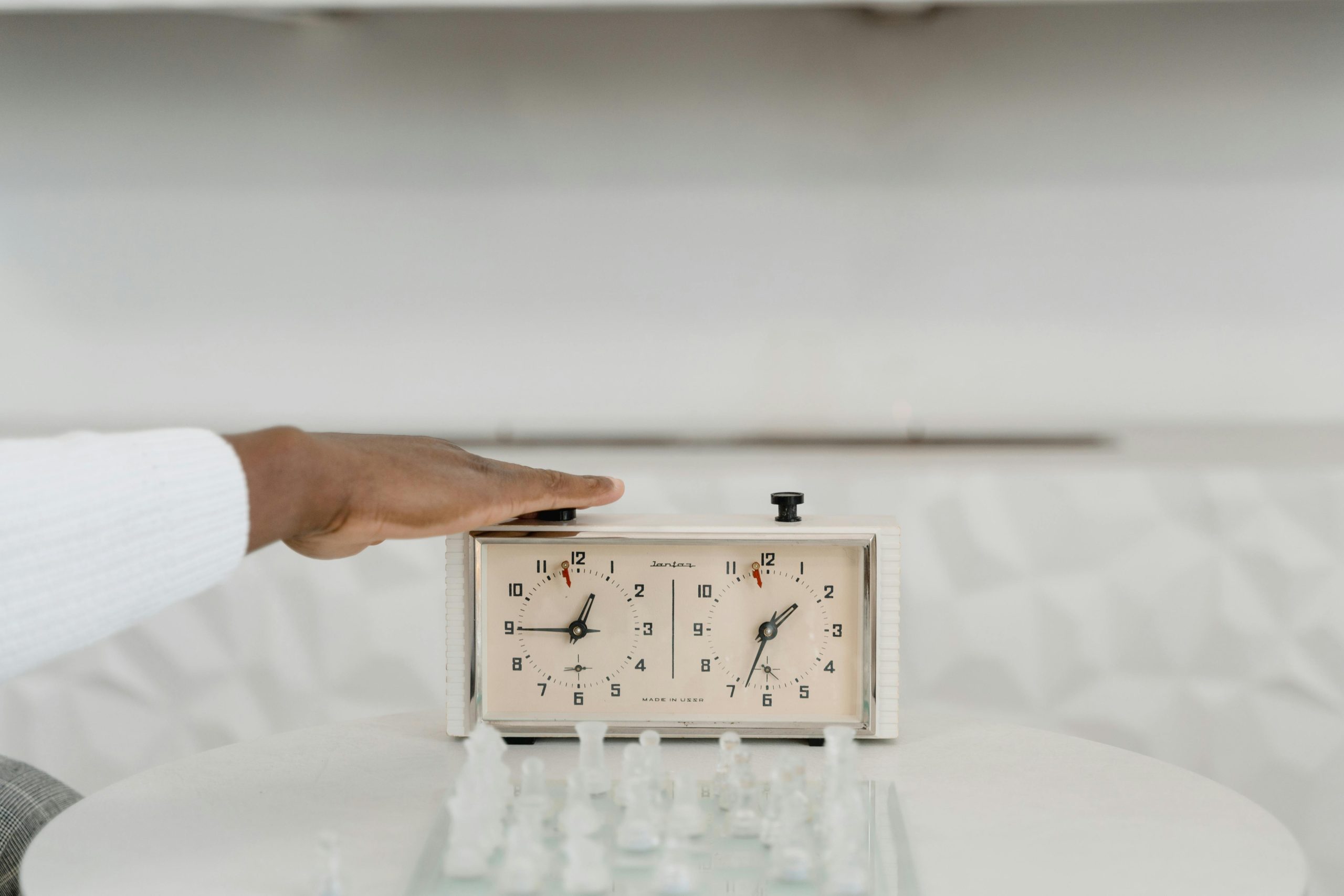Troubleshooting Black Screen Issues After Installing New GPU: A Comprehensive Guide
Upgrading your computer’s graphics card can significantly enhance gaming performance and overall system capabilities. However, it can sometimes introduce unexpected issues, such as black screens or connectivity problems. If you’ve recently installed a new GPU and are experiencing your monitor turning black during gameplay, along with USB connection irregularities, this article will guide you through common troubleshooting steps and potential solutions.
Common Symptoms After GPU Upgrade
- Instantaneous black screen when launching a game
- Random USB device connection issues during gameplay
- Elevated system temperatures, especially in compact cases
- Possible performance bottlenecks or instability
Key Factors to Consider
Your specific setup includes:
– GPU: AMD Radeon RX 7600 XT
– Processor: Ryzen 7 5700X3D
– Motherboard: MSI B450M Mortar Max
– RAM: 32GB
– Power Supply: 650W
– Case: MicroATX with glass panel (noted for heat dissipation concerns)
– Operating System: Windows 10
Given this configuration, several hardware and software elements can contribute to the issues.
Step-by-Step Troubleshooting Strategies
1. Verify Display Settings and Cables
- Test the monitor with both 60Hz and 165Hz refresh rates to rule out compatibility issues.
- Swap out monitor cables to ensure no faulty connections.
- Connect to different video outputs (HDMI, DisplayPort) to exclude port-specific problems.
2. Check Power Supply and Connections
- Confirm that the GPU’s power connectors are securely connected.
- Ensure the PSU provides stable and sufficient power for the new GPU, especially under load.
- Consider testing with a higher wattage PSU if instability persists.
3. Monitor Thermal Performance
- In small cases with glass panels, heat buildup can cause system instability.
- Use temperature monitoring tools (e.g., HWMonitor, MSI Afterburner) to assess GPU and CPU temperatures.
- Improve airflow by adding case fans or removing obstructions.
4. Update System BIOS and Drivers
- Make sure your motherboard BIOS is up to date to support the latest hardware features.
- Install the latest AMD Radeon drivers directly from the official website.
- Remove old GPU drivers completely before installing new ones (use DDU – Display Driver Uninstaller).
5. Reinstall Operating System
- Since a fresh Windows install has already been attempted, consider
Share this content:



